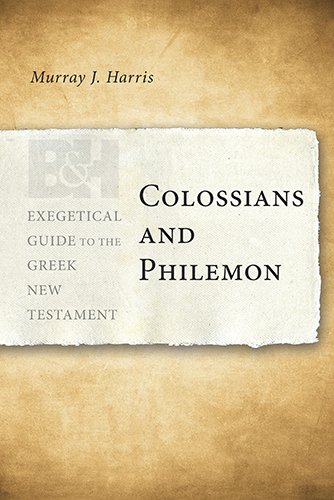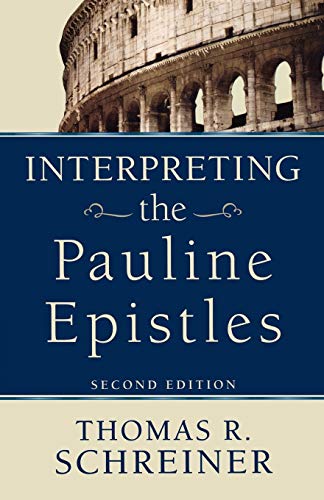What Does Eve Do to Help? And Other Readerly Questions to the Old Testament (JSOTS 94)
Written by D.J.A. Clines Reviewed By Walter MoberlyI came to this book with high expectations. Clines’ interpretation of Esther in The Esther Scroll (1984) showed brilliantly how insights from recent literary criticism could be used to illuminate the biblical text, and I was hoping for more of the same. Sadly, I was disappointed.
This is a collection of six essays, three on Genesis, one on Job, one on Nehemiah, and one on the OT histories as a whole. They are all from the point of view of what is commonly called ‘reader-response theory’, which in general seeks to take seriously the modern reader’s contribution to determining meaning in the biblical text, and specifically seeks to take seriously the phenomenon of first-time reading of the text in which one reads without presupposing knowledge of what happens later. For those unfamiliar with such approaches this book offers an admirably lucid exposition of them (and the account of deconstruction in the essay on Job is particularly helpful for those like myself who are easily mystified by such things).
Why then the disappointment? First, the style of the book. Clines writes clearly and entertainingly, which makes a welcome change from many academic works; yet at times his rather droll style becomes either flippant or tendentious in a way that some will find offensive.
Secondly, I find the whole approach too often both artificial and doctrinaire. On the one hand, his highly sophisticated ‘first-time readings’ are a world away from the actual readings made by genuine first-time readers. On the other hand, his exclusion of questions about wider literary and historical context goes against almost everything we know about the nature of the OT as a body of closely interrelated writings. Good first-time readers would be asking themselves ‘What kind of material am I reading, and what are appropriate ways of reading it?’ and be open to vary their reading accordingly. In The Esther Scroll Clines got this just right; here, his advocacy of reader-response theory has simply become doctrinaire.
Thirdly, Clines is less than clear about the implications of his whole approach in relation to theological concerns. When discussing the question of biblical authority, he finds all traditional notions beside the point. The notion of authority should be abandoned and replaced by the notion of an imaginative and suggestive resource for the way we look at life. In a sense this is perfectly logical—if you read the Bible simply as you would read any literature, then it will only function in the way that any literature would function. But what is lacking is any proper correlation of this approach with other approaches. As Clines has simply replaced theological categories by literary categories, he has in no way resolved any of the familiar problems but simply abandoned them.
The book left me with the impression of someone who has become deeply dissatisfied with (and hurt by?) traditional, and especially conservative, Christian approaches to the Bible as Scripture, approaches which he now regards as dogmatic and potentially oppressive. Yet this alternative seems to me no less dogmatic, and only non-threatening because the content of the Bible no longer matters enough to do anything very much with it.
Walter Moberly
Durham University







